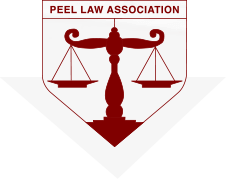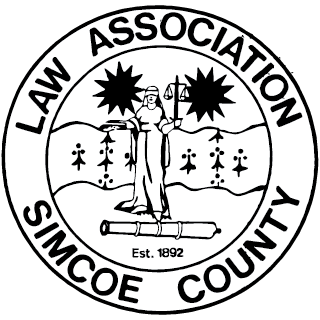It is possible to handle all of your issues alone and on how to file for divorce in Ontario without a lawyer. The Department of Justice has laid out all the essential forms and procedures on its website, and they can be found on our site as well.
This guide will help walk you through the forms most often used.
**Use the forms provided on this site at your own risk**
Application
A divorce process is started by filing an application. The application sets out all the things you are asking the court to decide. There are three types of applications in divorce cases.
(1) GENERAL APPLICATION – This type of applications is made when the parties cannot agree on how their family matters should be resolved.
Forms needed:
• Form 8 (application);
• Form 6B (affidavit of service);
• Continuing record cover and cumulative table of contents (available at the court)
If you have a support claim but no property claim, you will also need:
• Form 13 (financial statement – support claims);
• Any notices of assessment and reassessment from Revenue Canada for the last 3 taxation years
If you have a property claim (with or without a support claim) you will also need:
• Form 13.1 (financial statement – property and support);
• Any notices of assessment and reassessment from Revenue Canada for the last 3 taxation years
If you also are claiming custody of a child you must also include:
• Form 35.1 (affidavit in support of a claim for custody or access)
(2) SIMPLE APPLICATION – use this application if a divorce is the only claim you are making
Forms needed:
• Form 8A (divorce application);
• Registration of Divorce Proceeding Form (available at court);
• Form 6B (affidavit of service);
• Continuing record cover and cumulative table of contents (available at court)
(3) JOINT APPLICATION – use this application when you and your spouse consent to a divorce and bring the application together. This should also be used if you agree on other terms such as custody, support and property division.
Forms needed:
• Form 8A (divorce application);
• Form 36 (affidavit for divorce);
• Form 25A (Divorce order);
• Registration of Divorce Proceeding Form (available at court)
Notification to the Central Registry of Divorce Proceedings
You must be sure to file a “registration of divorce proceedings form” in order to notify the Central Registry of Divorce Proceedings of your divorce application. As long as the same parties have not already registered a divorce proceeding, they will send a clearance certificate to the court, allowing the court to grant a divorce. The court will not grant you a divorce unless the clearance certificate is received.
Completing, filing and serving the forms
Most forms can be both obtained and filled in online. The forms can be printed and saved. Once they are completed, you can print them and take them to the court to be filed.
When you bring your forms to the court, court staff will ensure you have all the correct forms completed. They will issue you a court file number and will sign and date your application. You should note, however, that filing materials can be challenging as they must all meet the requirements of the court.
Once your application is filed, you must make arrangements to serve all the documents on your spouse and any other person or agency that may have an interest in the matter. An application must be served by “special service” which includes having someone give a copy directly to the person being served; giving a copy to the other party’s lawyer who must accept the documents on his or her client’s behalf; mailing a copy of the documents with a copy of Form 6 (acknowledgement of service) which the other party must sign and return; or giving a copy of the documents to an adult that lives at the residence of the person you are serving and mailing a copy the next day. You must also serve the respondent with a blank Form 10 (answer) and other required forms such as Form 13 (Financial Statement – Support Claims) or Form 13.1(Financial Statement – Property and Support Claims), which the respondent must to complete. You must then have the person who served the documents complete and sign a affidavit of service which must be sworn or affirmed and commissioned by a commissioner for taking affidavits.
Answer
If you are served with an application, you will have to fill out the blank “Answer” form that will be included in the documents. Other forms such a financial statements may also be needed. Within 30 days of receiving the documents, you must serve your answer and any other forms on all parties and file the documents with the court. This date is extremely important because if you do not file within the 30 days the case may go ahead without you.
Forms needed:
• Form 10 (answer);
• Form 6B (affidavit of service);
• Form 8A (divorce application);
Copy of the cumulative table of contents
You may also need:
• Form 35.1 (affidavit in support of a claim for custody or access);
• Form 13 (financial statement – support claims); or,
• Form 13.1 (financial statement – property and support claims);
• Support deduction form (if asking for or responding to a claim for support)
• Notice of assessment and reassessment from the Canada Revenue Agency for the last 3 taxation years
Completing, filing and serving the forms
As with the application forms, most forms can be both obtained and filled in online. The forms can be printed and saved. Once they are completed, you can print them and take them to the court to be filed.
Answers can be served by regular service or special service. Mailing or faxing a copy is generally the easiest way of executing service. Rule 6 of the Family Law Rules explains all the ways of serving the documents. An affidavit of service must then be completed (Form 6B). Then, your completed answer and all forms must be filed with the court.













